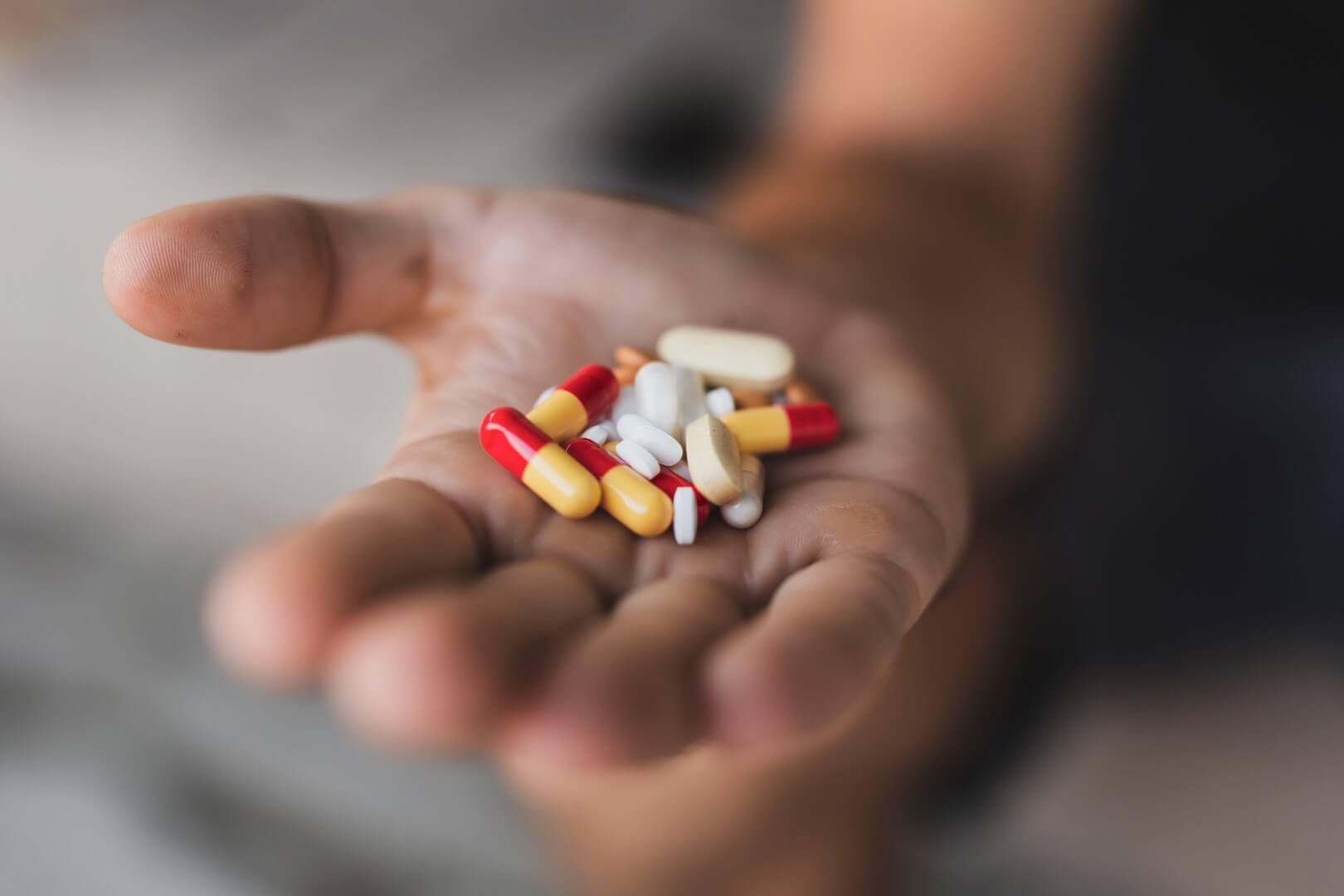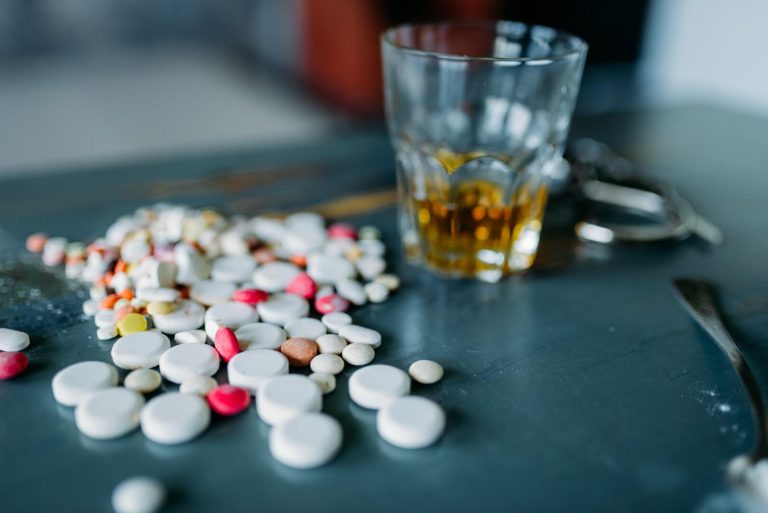Illicit drug use in two Transdanubian child protection institutions
The risk of illicit drug consumption is higher among those juveniles who are under child protection than those with similar age in the average population. To investigate the topic in more detail, we conducted exploratory research on the premises of two child protection institutions in Transdanubia. Semi-structured individual and focus group interviews were conducted, as well as questionnaires were filled out by workers and children in care. Our results showed that new psychoactive substances are the most common type of drugs consumed. Drug use increased in one institution after an already addicted young person was transferred there. In the other, the increase in drug use was not linked to specific individuals but was rather a general phenomenon. Institutions were not prepared to provide adequate care for drug-addicted juveniles, whose transfer
to a special care home or rehabilitation centre proved to be a long process. The later the substance abusers receive professional help, the lower their chances are to recover, meanwhile they could drag more and more juveniles into substance abuse, causing irreversible damages in their health and prospects.
KEYWORDS: child protection, drug use, new psychoactive drugs
Available in Hungarian: Komolafe Cinderella, Tossou Edgard Marcel, Csernus Mariann (2023). Illegális szerhasználat két dunántúli gyermekvédelmi szakellátást biztosító intézményben. Máltai tanulmányok. 2023/1. 51-72.






